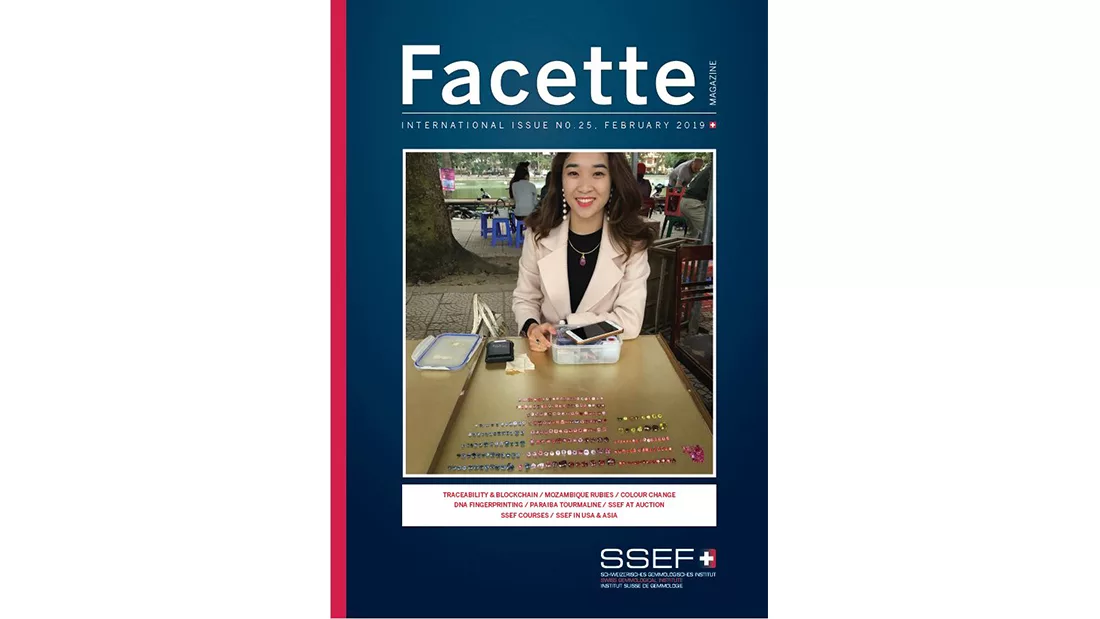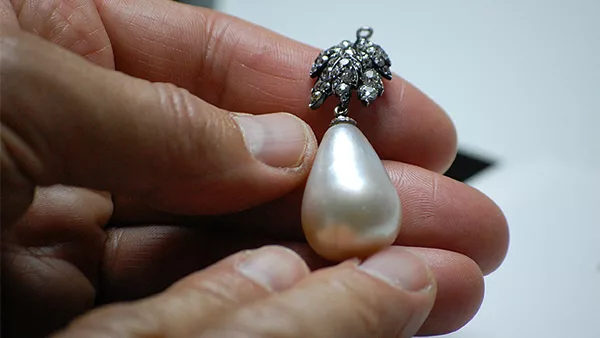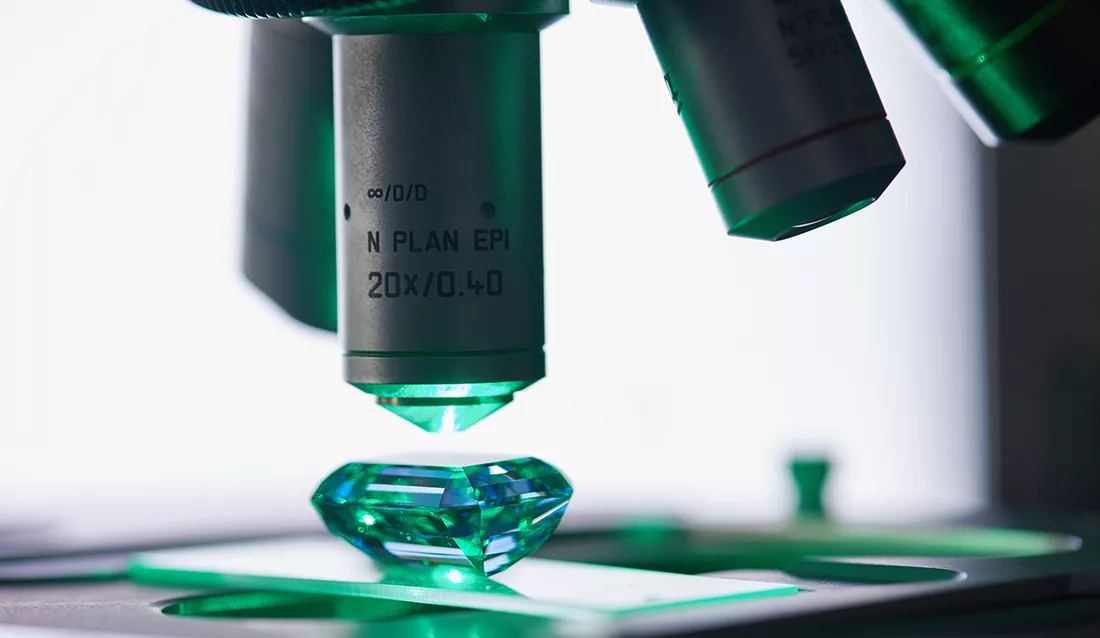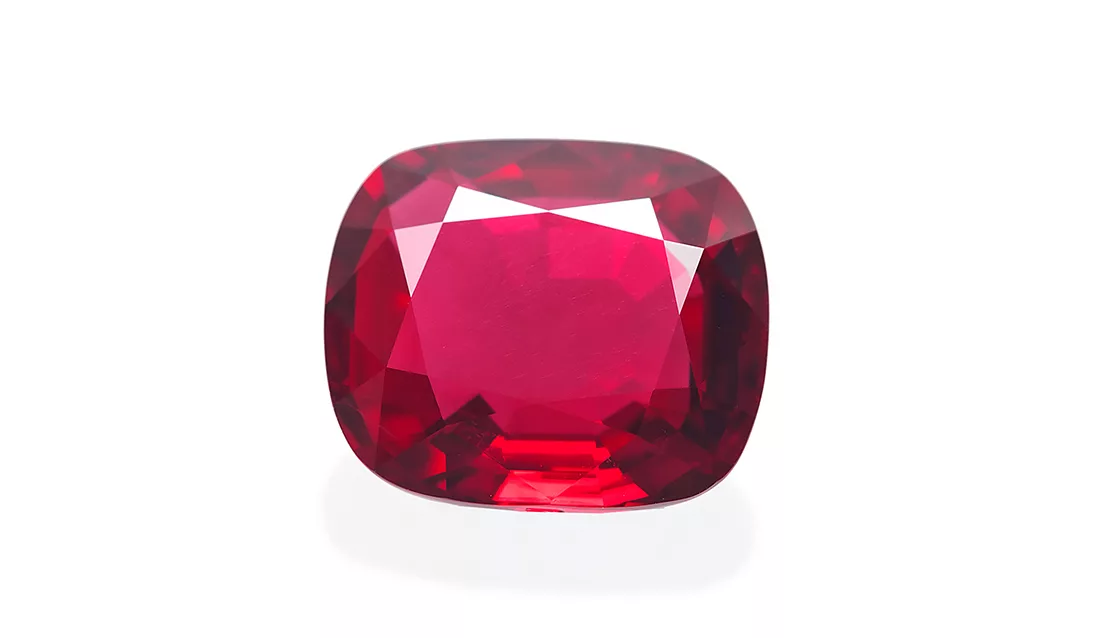
New additional test at SSEF for the colour stability of rubies
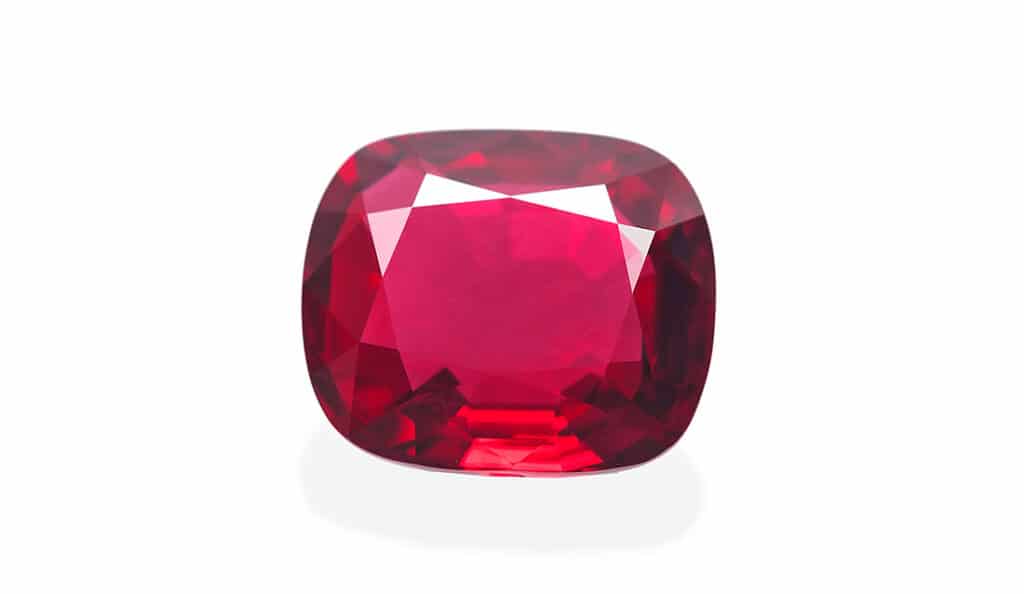
As is known in the gem trade, the colour of certain gems may change when exposed to sunlight over a longer period of time. This is due to the presence of so-called unstable colour centres (a type of defect in the crystal structure that can absorb light and thus result in colour, that can be present both in stable or unstable form). An unstable colour centre may result in a reduction of colour saturation, as in certain yellow sapphires, or in a shift of colour as in certain fancy sapphires of padparadscha-like colour. Consequently, SSEF has since many years been testing the colour stability of yellow sapphires and padparadscha sapphires submitted to the lab.
In light of information gathered over the past few months, we have now added rubies to this colour stability testing protocol, specifically but not limited to rubies originating from Mozambique. The reason is that we have information from several reliable sources that a number of Mozambique rubies (e.g. of slightly purplish red tint) have been treated by a small number of individuals in the past months using cancer radiotherapy equipment. The treatment can induce a colour centre that results in a shift to a more attractive red hue, which is however not considered stable.
Over the past few months, SSEF has started to test the colour stability of selected rubies (mostly from Mozambique) from our research collection and clients. So far, no shift of colour has been observed for any of the tested rubies. However, as a measure to protect the trade against a potential colour instability issue, we have now started to test the colour stability of any Mozambique rubies and other such rubies submitted to SSEF for testing. This test is the same as that which has been applied to yellow sapphires and padparadscha sapphires since many years. The colour is analysed before and after exposure to a strong daylight lamp for several hours. In principle, this simple test which was already described 2018 in our SSEF Facette No. 24 can be applied by any gemstone trader. We assume that for most rubies submitted to SSEF, there will be no colour shift, as their colour is solely related to the presence of traces of chromium.
The intention of this information newsletter is to reassure our clients that we constantly adapt our testing protocol with the aim of protecting the gem trade against any new challenge.
If you have any questions please don’t hesitate to contact us: gemlab@ssef.ch
Want to learn more about rubies?
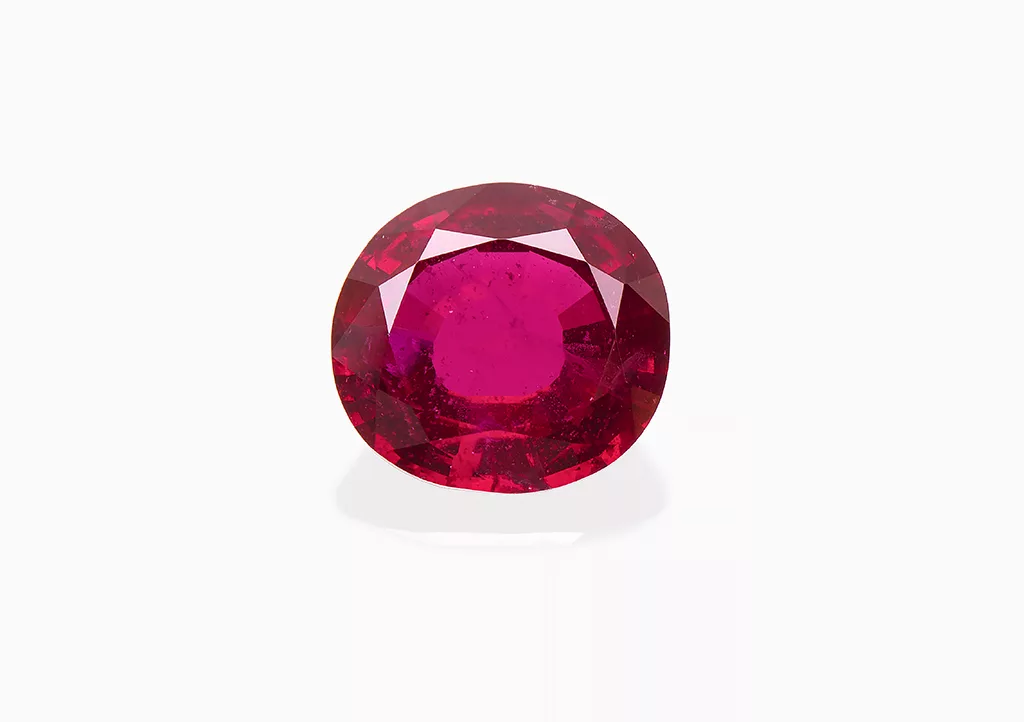
Sign up for our free online course: Introduction to rubies
